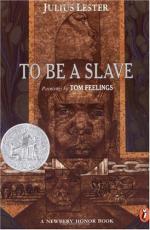
|
Prologue
1. Which country introduced Africans to Europe in the early sixteenth century?
(a) England.
(b) Portugal.
(c) Spain.
(d) Netherlands.
2. What is the first group of people that the colonists tried out as slaves?
(a) Chinese.
(b) Whites.
(c) Indians.
(d) Africans.
3. Why did the attempt to use this first group of people for manual labor fail for the English Colonists?
(a) They rebelled often against the landlords and ran away.
(b) They were not used to plantation life and were susceptible to diseases.
(c) The language barrier proved difficult for communication.
(d) They were uncompromising and unwilling to work.
4. What was the second group of people that the colonists tried to use for manual labor?
(a) Poor whites, prisoners, and debtors.
(b) Indians.
(c) Rich whites.
(d) Africans.
5. This second group of people were not slaves but rather called __________________.
(a) Indentured servants.
(b) Servants.
(c) Farmers.
(d) Laboreres.
6. Why did the attempt to use this second group of people also fail for the English colonists?
(a) They were lazy and did not do their required work well.
(b) They were susceptible to several diseases in the New World and many died quickly.
(c) The seven year turnover meant a continued supply of new people and they could easily run away and blend in with other whites people.
(d) They felt that because they too were white, that they deserved equal treatment and refused to work.
(read all 180 Multiple Choice Questions and Answers)
|
This section contains 5,915 words (approx. 20 pages at 300 words per page) |

|




